
Monhegan Island harbor with Manana Island across the harbor and The Island Inn at right, photographed on Aug. 15. (Gregory Rec/Staff Photographer)
MONHEGAN ISLAND — Tolly Kaiser paused on the trail and looked back at our group.
“I invite you to use all your senses as we cross into Cathedral Woods,” he said. “There’s a threshold that you can feel. There’s a temperature difference. The ground changes and gets a little more sponge-y. The scent changes. The color changes.”
We followed him into the dense trees. The first thing I noticed was the colder air on my skin, a reprieve in the hot August afternoon. The smell was damp and sweet and ancient. The lowest limbs of the spruce trees were brown and dry because the green upper canopy was so dense as to block the sunlight.
Kaiser stopped. In his hand was a set of laminated cards. He flipped to one that bore a reproduction of Emil Holzhauer’s circa 1930 painting “Cathedral Woods.”
“I’m going to draw your attention now to this Holzhauer painting,” he said. “It’s still strikingly similar to how we see the woods today because it’s one of the parts of the island that has stayed largely the same.”
Kaiser is a rising sophomore at Bowdoin College studying biology and anthropology. He spent this summer as an intern at the Monhegan Museum of Art and History, which is showing an exhibition in partnership with his college called “Art, Ecology, and the Resilience of a Maine Island.” The trees and flowers and vistas of this island have long inspired artists, and this show uses their work to tell a story about how the landscape has changed over time and how it has stayed the same.

Tolly Kaiser, a rising sophomore at Bowdoin College, walks along the Whitehead cliffs along the Monhegan Headlands during an island walking tour on Aug. 15. Kasier is studying anthropology and biology and was a summer intern with the Monhegan Museum of Art & History. (Gregory Rec/Staff Photographer)
The project has involved experts in both science and art. The three curators are Frank Goodyear, co-director of the Bowdoin College Museum of Art; Jennifer Pye, director and chief curator of the Monhegan Museum of Art and History; and Barry Logan, a biology professor at Bowdoin who studies how a parasitic plant called dwarf mistletoe is impacting the spruce trees on Monhegan. They all chose the artworks and wrote essays for the catalogue, involving students from multiple disciplines and island residents.

Jennifer Pye, the director of the Monhegan Museum of Art and History, talks about artworks included in the exhibit “Art, Ecology and the Resilience of a Maine Island: The Monhegan Wildlands” on Aug. 15, 2025. (Gregory Rec/Staff Photographer)

Norma Kaplis, an artist who has been living and painting on Monhegan Island for 47 years, looks at paintings in the exhibit at the Monhegan Museum of Art and History. (Gregory Rec/Staff Photographer)
The exhibit opened at Bowdoin earlier this year and then moved to Monhegan for the summer. While there are many works that overlap both shows, each museum took a unique approach.
The Bowdoin College Museum of Art is larger that the hilltop museum on Monhegan, for one. The college also included video and audio recordings to help visitors imagine the island environment, details that aren’t needed when you’ve already taken the ferry 10 miles off the mainland to get here. The island museum has a policy against showing works by living artists. (A noteworthy exception here is documentary photography, which allowed the museum to include panoramic photos of the island by the New York photographer Accra Shepp.) Pye included more works by people who lived on or had important connections to the island, so many longtime residents will recognize names on the walls.
And then there’s Kaiser.
His job is to connect the art and the ecology — not in the gallery, but in the wild. The 18-year-old from Cape Cod once worked in an art gallery, and his grandfather was a painter who loved Edward Hopper. Every weekday this summer, he led a walking tour that starts at the museum and ends on White Head. When he arrived on the island two months ago, he walked every trail to decide which paths and which paintings to highlight. At the start of the tour, he gave everyone in our group a set of the laminated cards showing artworks from the exhibit. He included viewfinders because he saw artists on the island using them to frame their scenes.

Kaiser, a rising sophomore at Bowdoin College, pauses at the entrance to Cathedral Woods on Monhegan Island while leading a walking tour on Aug. 15. Kaiser is studying anthropology and biology and was a summer intern with the Monhegan Museum of Art and History. (Gregory Rec/Staff Photographer)

Kaiser holds a laminated page with a copy of Emil Holzhauer’s painting “Cathedral Woods” along a trail that might have inspired the artist during the walking tour. (Gregory Rec/Staff Photographer)
In Cathedral Woods, Kaiser stopped us in front of a spruce that has been blown down by a storm. Nearly 100 years ago, Holzhauer chose to paint a similar downed tree in these same woods. This forest is the oldest growth on the island, so we may be walking past the same trees the artist saw. Kaiser pointed out the shadows and sunlight, both in the painting and in the clearing in front of us.
“There’s so much sunlight coming in from the canopy that now there’s new growth coming in here,” he said.
Walking through the trail, Kaiser talked about the grassy fields that once fed sheep and the trees that grew when the flocks dwindled. In the 1950s, the island introduced deer that ate flowers and saplings. When the state eradicated the deer from Monhegan in the 1990s, broadleaf trees flourished again. He pointed out the tiniest blackberries on a bush and popped one in his mouth as we walked. I followed his lead; the berry was a bright surprise. When we reached White Head, Kaiser held up a picture of Rockwell Kent’s 1905 painting “Monhegan Headlands.” The teal ocean is as true today as it was then. But the trees on the horizon now are not in Kent’s scene.
“We’re just seeing grass and mostly exposed rock, which goes back to land-use history,” Kaiser said. “It was all pastureland just 10 years prior, and that’s why it looks so bare.”

Kaiser holds a laminated page with a copy of Stow Wengenroth’s “Monhegan” lithograph during the walking tour. The tours, facilitated by the Monhegan Museum of Art and History, highlight how artists have documented ecological change on the island over time. (Gregory Rec/Staff Photographer)
Then, Kaiser directed us to Stow Wengenroth’s lithograph “Monhegan” from 1938. He pointed south to Gull Rock. In Wengenroth’s print, the forest was patchy and new, just the beginning of the trees we see now. He flipped to the next image, a map of a bygone plan to build dozens of vacation cottages on this side of the island, and he told the story of how Thomas Edison’s son started buying property to protect it from development and eventually worked with residents to form a land trust. Today, the Monhegan Associates manages nearly 400 acres of wildlands and 9 miles of trails on the islands.

The Balmy Days II carries passengers around Blackhead, one of the tall headlands on the east side of Monhegan Island. (Gregory Rec/Staff Photographer)
“That’s why we don’t have hundreds of cottages down there,” Kaiser said.
Our tour was Kaiser’s last before he boarded the ferry back to the mainland for the fall semester and tossed his ceremonial bouquet off the stern. (Legend says if the flowers return to the island’s shore, so will you.) The tours will continue, although not as frequently. Pye said the walks will continue “most Saturdays and Thursdays” through the end of September. (“We’ll post it on the rope shed and the Monhegan events calendar, which you can find online,” she said, like the islander she is.)
Kaiser was planning to concentrate his studies in molecular and cell biology. But after spending the summer on the island, he’s decided to focus more on plants and ecology. He started keeping a nature journal with sketches and notes this summer. He liked thinking about how to talk about the things that grow here on Monhegan Island, the words we use and the stories we tell.
Aren’t artists and scientists both trying to tell us something important, after all?

Frank Graf looks over the book “Art, Ecology, and the Resilience of a Maine Island: The Monhegan Wildlands” inside the Monhegan Museum of Art and History. (Gregory Rec/Staff Photographer)
IF YOU GO
WHAT: “Art, Ecology, and the Resilience of a Maine Island: The Monhegan Wildlands”
WHERE: Monhegan Museum of Art and History, 1 Lighthouse Hill, Monhegan
WHEN: Through Sept. 30
HOURS: Until Sept. 15, the museum will be open daily from 11:30 a.m. to 3:30 p.m. From Sept. 16 to Sept. 30, the hours are 12:30 to 2:30 p.m. daily.
HOW MUCH: Admission is $10 for adults, $5 for children 10-18 and $5 for students. Family admission is $20.
INFO: For more information, visit monheganmuseum.org or call 207-596-7003.

Kaiser holds a laminated page with a copy of Rockwell Kent’s “Monhegan Headlands.” (Gregory Rec/Staff Photographer)

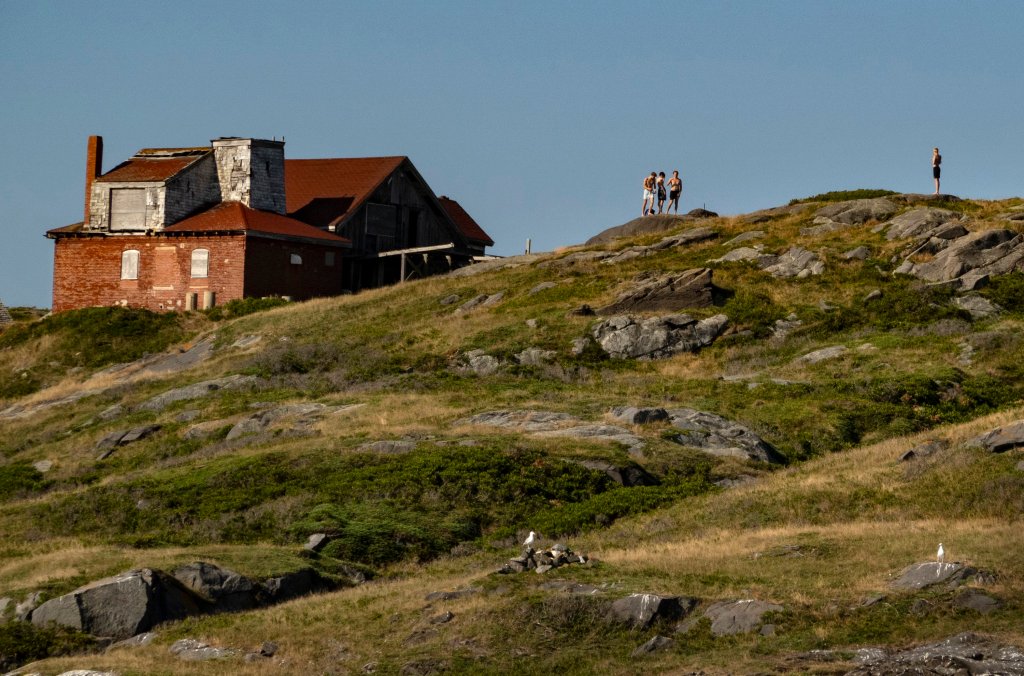
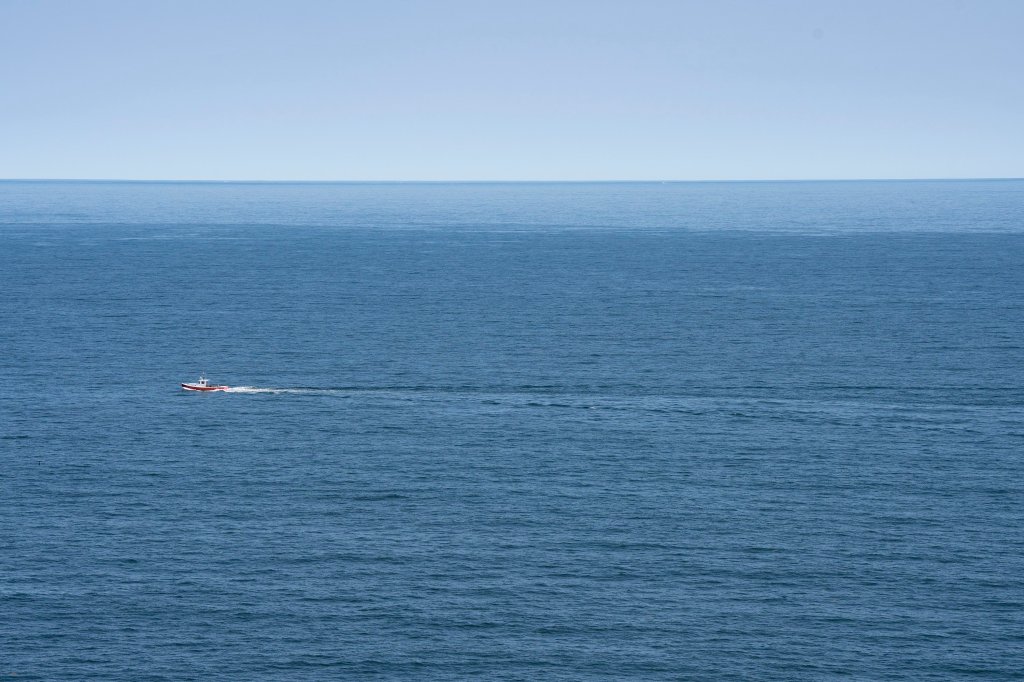
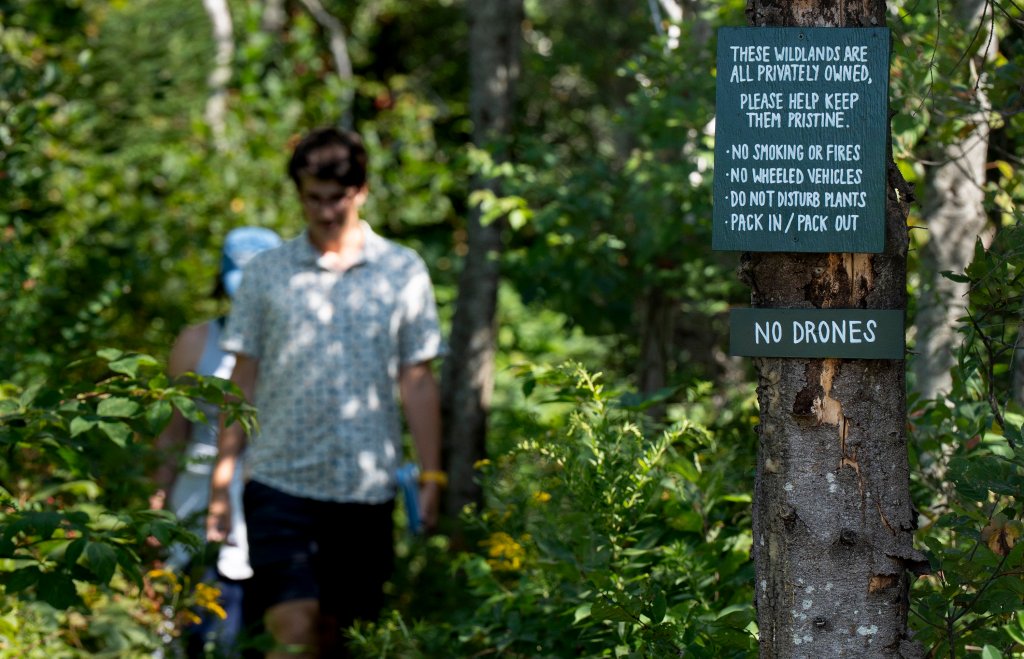
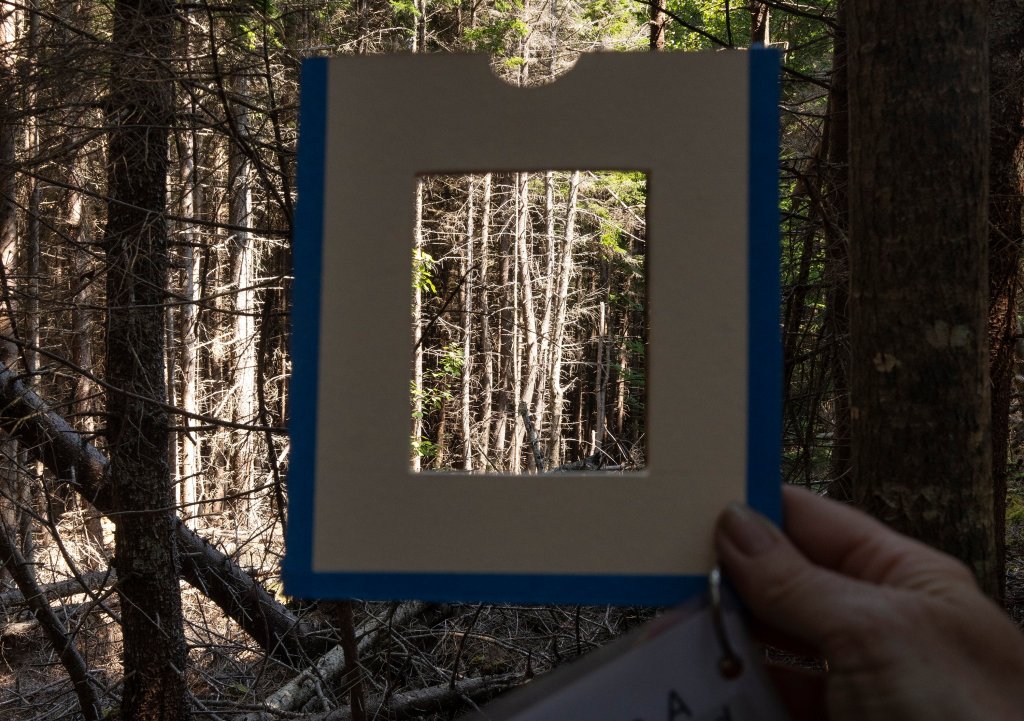
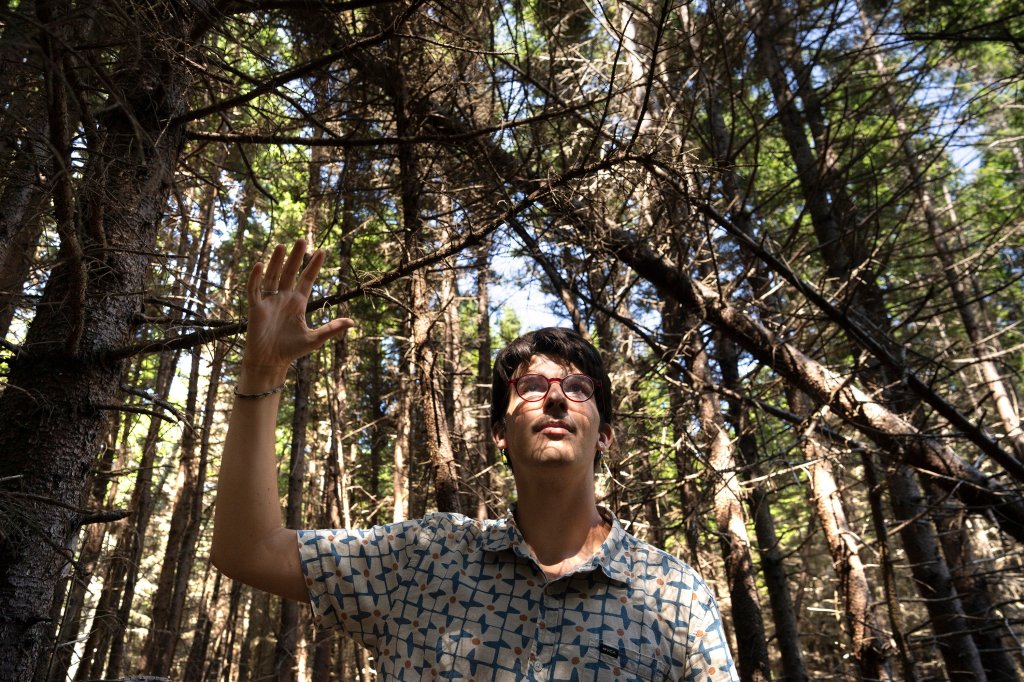
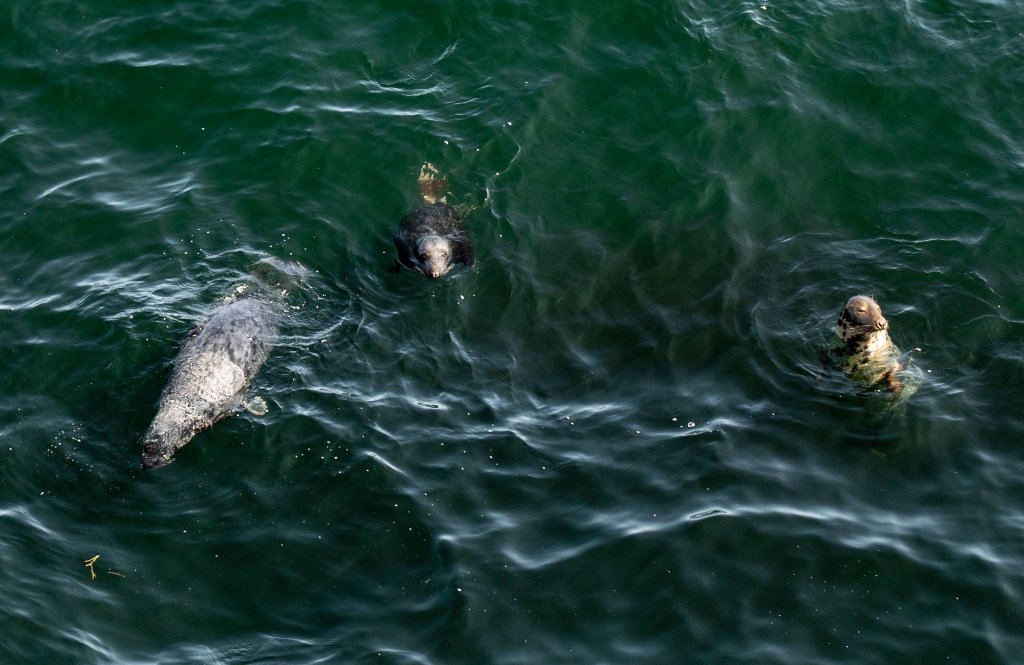
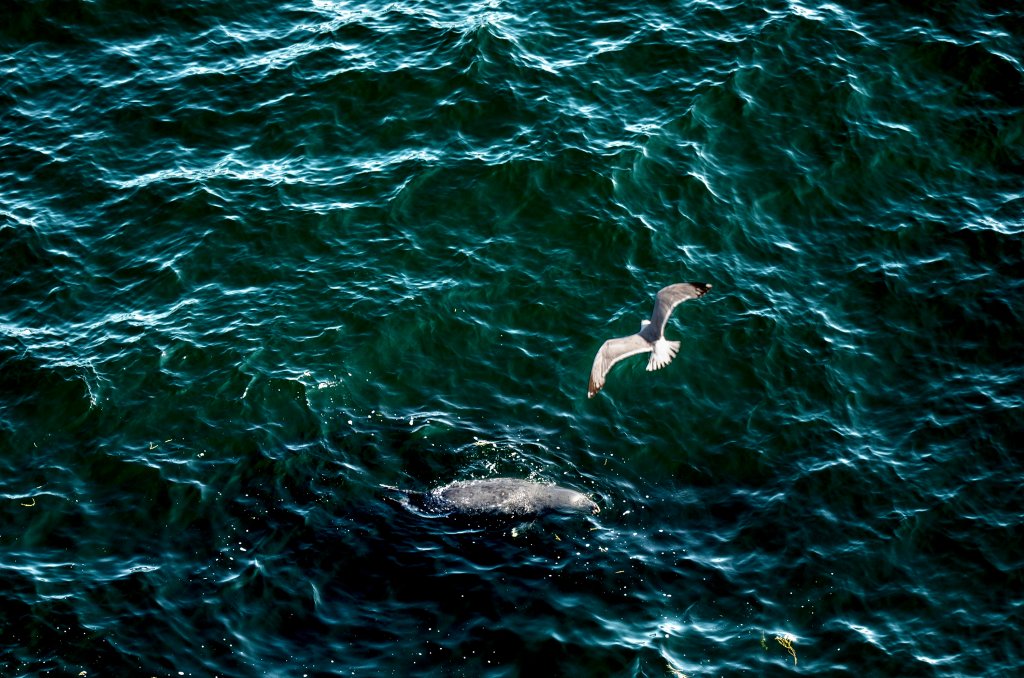
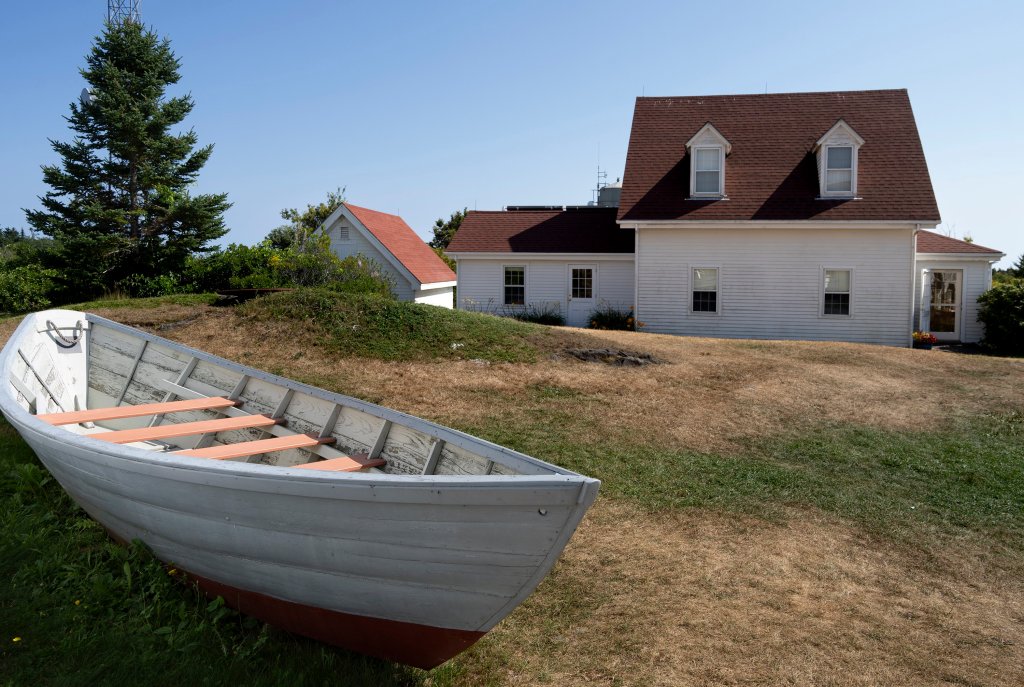
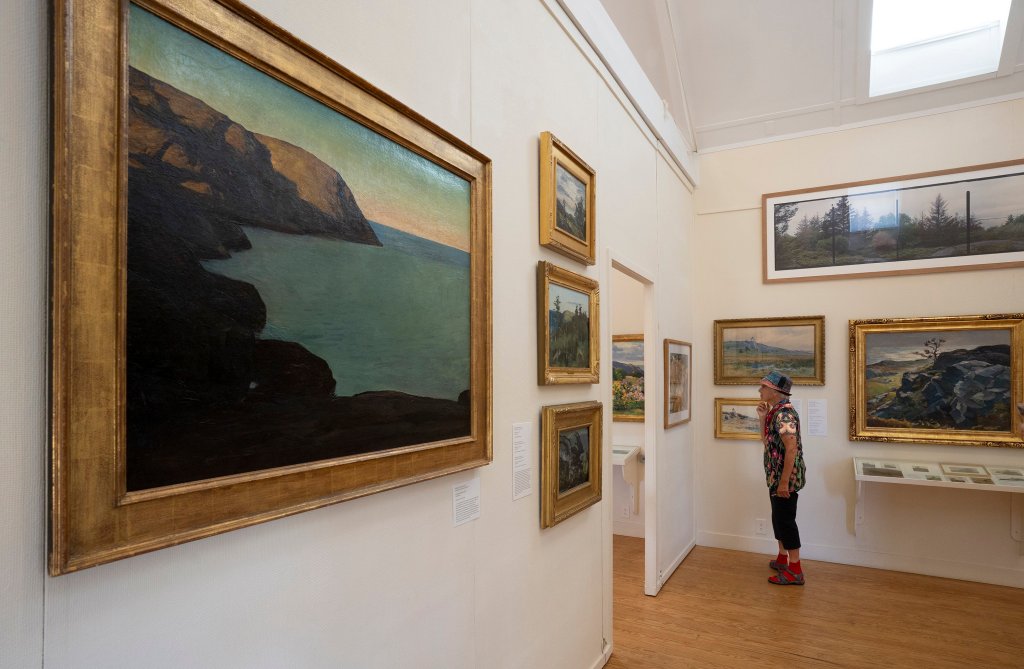
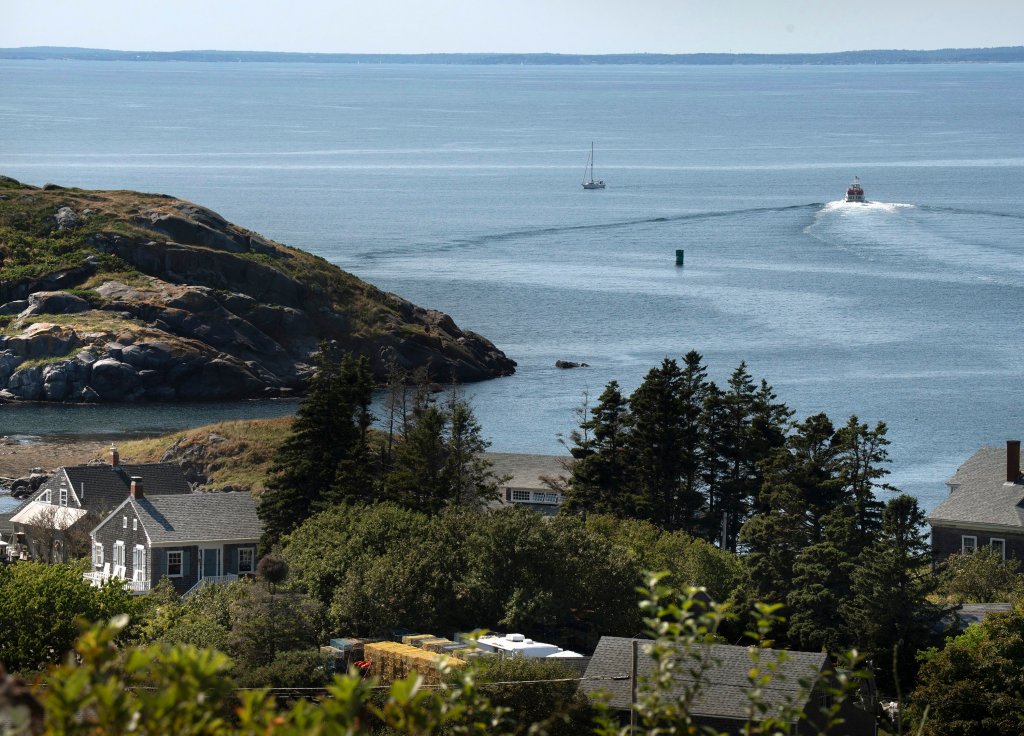
We invite you to add your comments. We encourage a thoughtful exchange of ideas and information on this website. By joining the conversation, you are agreeing to our commenting policy and terms of use. More information is found on our FAQs. You can modify your screen name here.
Comments are managed by our staff during regular business hours Monday through Friday as well as limited hours on Saturday and Sunday. Comments held for moderation outside of those hours may take longer to approve.
Join the Conversation
Please sign into your Sun Journal account to participate in conversations below. If you do not have an account, you can register or subscribe. Questions? Please see our FAQs.